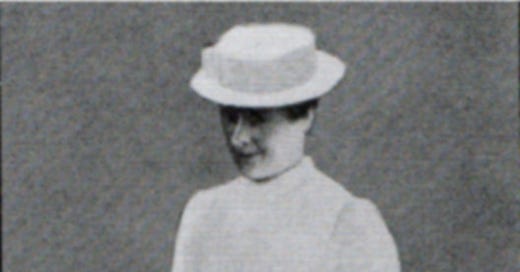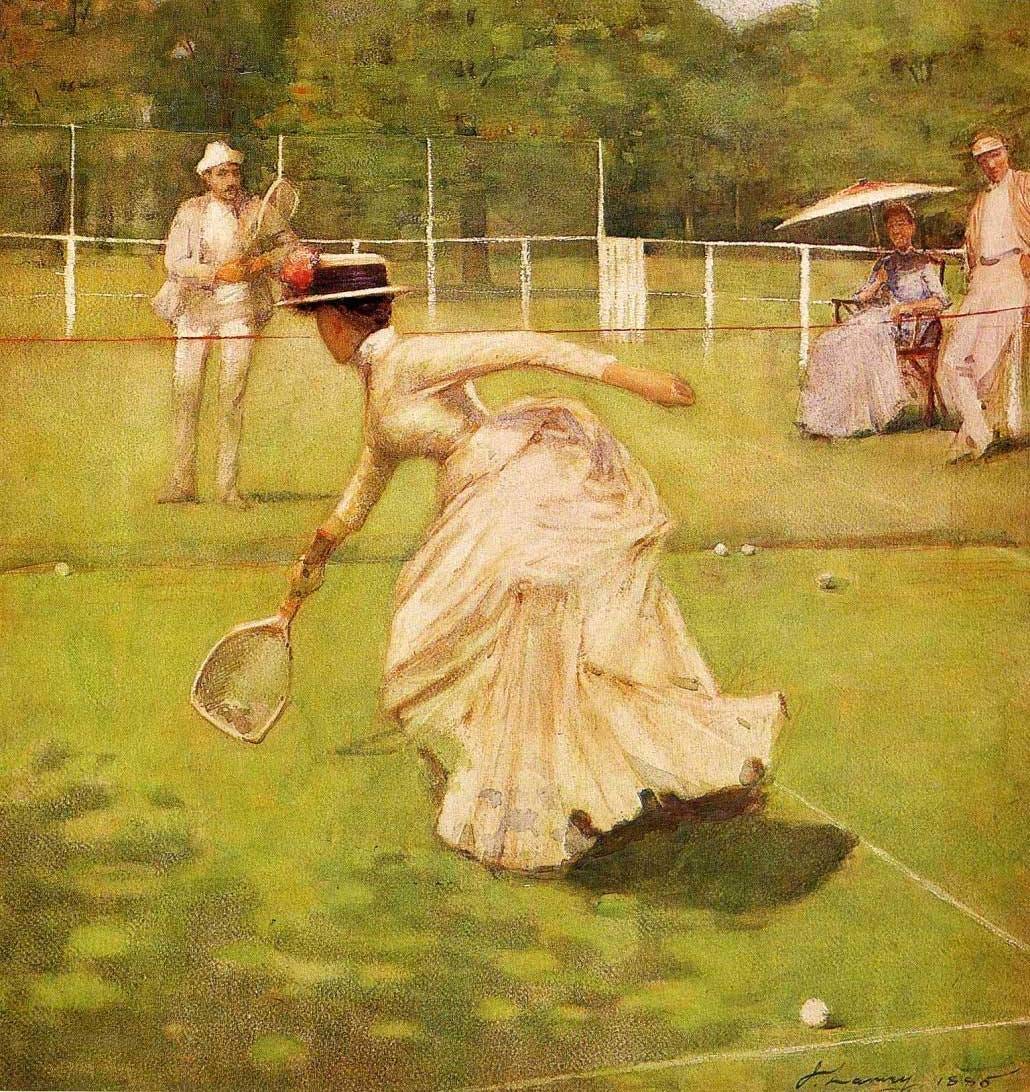Breaking the Mold: The Rise of Women in 19th-Century American Sports
In 21st-century America, it’s difficult to fathom a time when women were largely excluded from the physical activities that men enjoyed freely. Today, women compete in a wide array of sports alongside their male counterparts, from soccer to swimming to track and field. Yet, this equality was once unimaginable. In the late 19th century, the idea of women engaging in such pursuits was revolutionary, even radical. During this period, a growing chorus of voices in American society began advocating for women’s liberation, not just in intellectual or domestic spheres but in the realm of physical activity. One striking example of this shift appeared in The Somerset Press of Somerset, Ohio, on January 27, 1881, in an article titled “Out-of-Door Games.”1 The piece celebrated the emerging trend of women participating in sports and argued that such exercise would bolster their physical well-being—a bold claim for its time. This moment marked a pivotal step in the expansion of women’s roles, a progressive movement proudly showcased in print for all to witness.
The article captured the changing social landscape with vivid detail:
One of the most significant signs of a change in our social habits is the announcements which meet us at every turn of archery contests, croquet matches, and lawn tennis tournaments. No summering place in the North is held to be furnished this year unless it has a tennis court and a field of archery. In the South, the usual tournaments have been held, but in these the exercise is confined to men. The ladies watch the gallant knights on fiery steeds dash mainly at a ring with a long stick, and their only part in the pastime is to smile and look pretty, and crown the victor afterward, according to the old-fashioned role of women, which may be picturesque and romantic and emotional, but which, assuredly, does not strengthen their legs, lungs, or stomachs. Tennis, croquet, and archery are games for women as for men, and they will do much, we prophesy, to give us a race of healthier women as wives and mothers for the next generation.2
This passage reflects a society in transition. In the North, women were beginning to step onto the playing field, engaging in archery, croquet, and tennis—activities once reserved for men. In contrast, Southern traditions clung to outdated ideals, relegating women to passive roles as spectators and ornaments. The author’s optimism shines through, predicting that these “out-of-door games” would cultivate a generation of stronger, healthier women, better equipped for the demands of life.
The piece, originally published in the New York Tribune and reprinted in The Somerset Press, went further, tying this shift to broader cultural changes:
A long step has been taken by modern women in proper, physical development. Increasing familiarity with the models of beauty in sculpture and painting has done away with tight lacing; an educated woman to whom the figure of the Medicean Venus or Diana of the Louvre is familiar as her own would be ashamed to appear with the distorted, wasp-like waist of which her mother was so vain. City mothers know enough of hygiene and physiology, too, to teach their girls gymnastics, rowing, riding, skating, as well as dancing. Perhaps the most perfect examples of physical health in the country are to be found among the children of the higher classes in this city, Philadelphia, and Boston, to whose bodily development knowledge and wealth have done all that is possible. Out-door games are among the most efficient aids in this physical education. Presently our women will be able to ride and walk with as much energy and good results to their health as their English cousins.3
Here, the author credits education and exposure to classical art with dismantling harmful practices like tight lacing, which had long constrained women’s bodies. Urban mothers, armed with knowledge of hygiene and physiology, were raising daughters who embraced gymnastics, rowing, and skating—activities that built strength and vitality. The article highlights elite children in cities like Philadelphia and Boston as exemplars of this new ideal, suggesting that wealth and enlightenment were key drivers of progress. Outdoor games, it argues, were not just recreation but a cornerstone of physical education, promising to elevate American women to the vigor of their British peers.
This 1881 commentary reveals a society on the cusp of transformation. It celebrates women’s agency in redefining their physical potential and underscores the link between bodily health and social progress. What began as a radical notion in the 19th century has since become a cornerstone of modern life, where women’s participation in sports is both commonplace and celebrated.
“Out-of-Door Games,” The Somerset Press (Somerset, OH), January 27, 1881, Chronicling America: Historic American Newspapers, Library of Congress, https://chroniclingamerica.loc.gov/lccn/sn85038088/1881-01-27/ed-1/seq-2/.
Ibid.
Ibid.





